
Russian wives of foreign rulers
/ Главная / Russkiy Mir Foundation / Publications / Russian wives of foreign rulersRussian wives of foreign rulers
Irina Kirilina
Grand Duchess Olga Alexandrovna, the younger sister of Emperor Nicholas II, wrote in her memoirs: “…the only sovereign houses that were not related to the Romanovs were the Habsburgs, the Bourbons and the House of Braganza ...” Russian grand dukes used to marry foreign princesses, and princesses married rulers of other states.
Here we will share how a daughter of Yaroslav the Wise became the Queen Consort of France, a granddaughter of Catherine the Great ruled in Weimar and participated in the Congress of Vienna, and a niece of Alexander of Russia was appointed as the regent in Greece.
Anna Yaroslavna, the Queen Consort of France
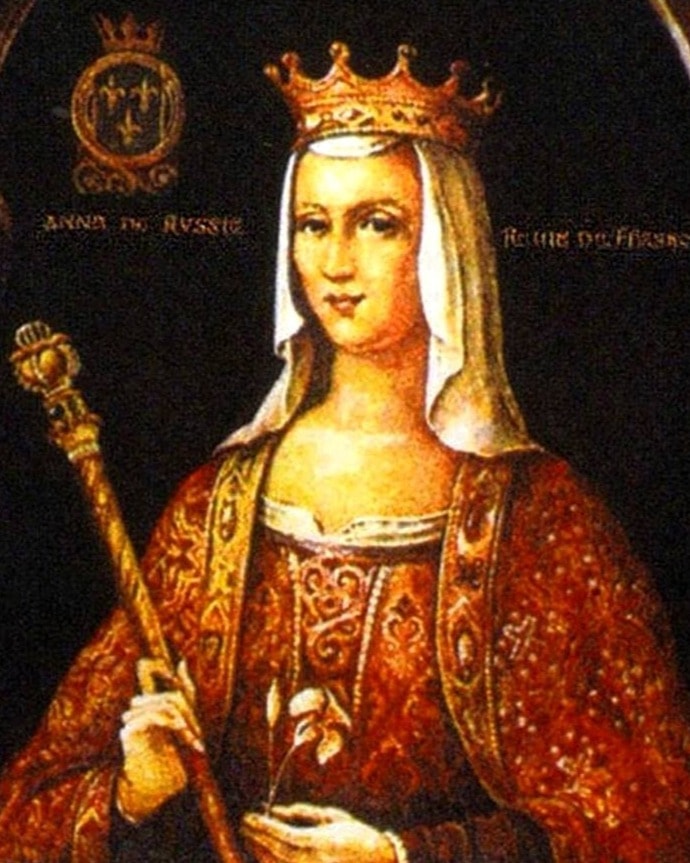
Anna Yaroslavna was a daughter of Yaroslav the Wise, the Grand Prince of Kiev, and Ingegerd of Sweden, who after baptism became Irina. Information about the Princess’ life was not preserved in Russian chronicles, however, she is often mentioned in foreign documents. François de Mézeray, a French historian, wrote that "the glory of charms of the Princess named Anna reached...” Henry I of France and “he was fascinated by the recital of her perfections." The monarch asked for the Russian princess’ hand. The wedding was celebrated in May 1051, on the Holy Day of Trinity. During the ceremony, the bride refused to swear allegiance on the Latin Bible and did it on the Slavic church manuscript.
Anna Yaroslavna became the co-ruler of Henry I of France. She was educated very well as to a woman of that time: she mastered several languages, was knowledgeable in politics and medicine. Many state papers were signed by both spouses or there was an indication by the King: “With consent of my spouse Anne” or “In presence of the Queen Anne”.
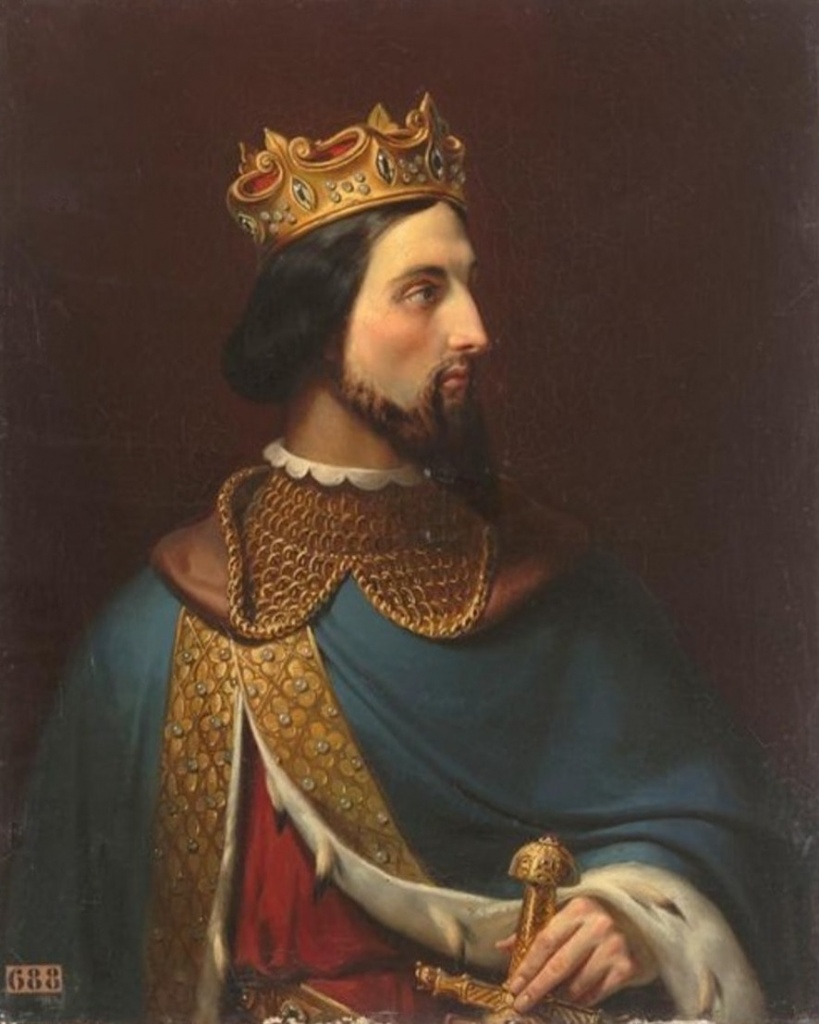
In 1052, the heir of the monarchs was born. It was Philip I, the ruler of France to be. In 1059, the seven-year-old prince was crowned while his father was still alive. When Henry died, Baldwin, Count of Flanders, was appointed as the regent and guardian of the minor monarch. However, Anna Yaroslavna still participated in state affairs, accompanied her son on trips around the country and signed documents with him.
In the 1060s, the Queen moved from Paris to the city of Senlis and founded the Abbey of Saint-Vincent there. A sculpture of Anna Yaroslavna with a miniature model of the temple in the palm of her hand was installed in the monastery church. There is inscription engraved on the pedestal of the sculpture: "Anna of Kiev, the Queen of France, erected this cathedral."
Anna Petrovna, the Duchess Consort of Holstein
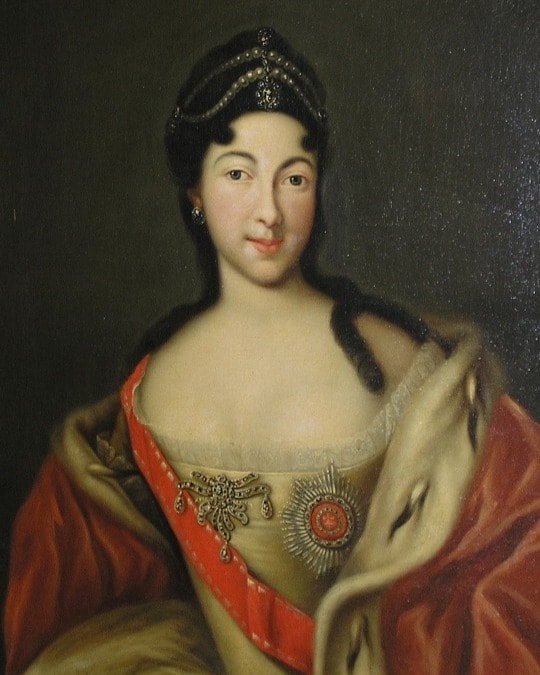
Anna Petrovna, a daughter of Peter the Great and Catherine I of Russia, was born in 1708. At that time her parents had not been married yet, so Anna was considered to be illegitimate. She was awarded the title of princess at the age of three. After their parents’ wedding, Anna and her sister Elizabeth moved to the palace. Catherine I hired teachers of German language, dancing and elegant manners, as well as gouvernantes from France and Italy for the princesses.
The courter for Anna Petrovna was selected when she was only 13 years old. It was Charles Friedrich, the Duke of Holstein, a state on the Baltic coast. He was a relative of King Charles XII of Sweden and had the title to rule that state. Through his son-in-law, Peter the Great could influence politics of Sweden and gain access to the Baltic Sea within Holstein lands.
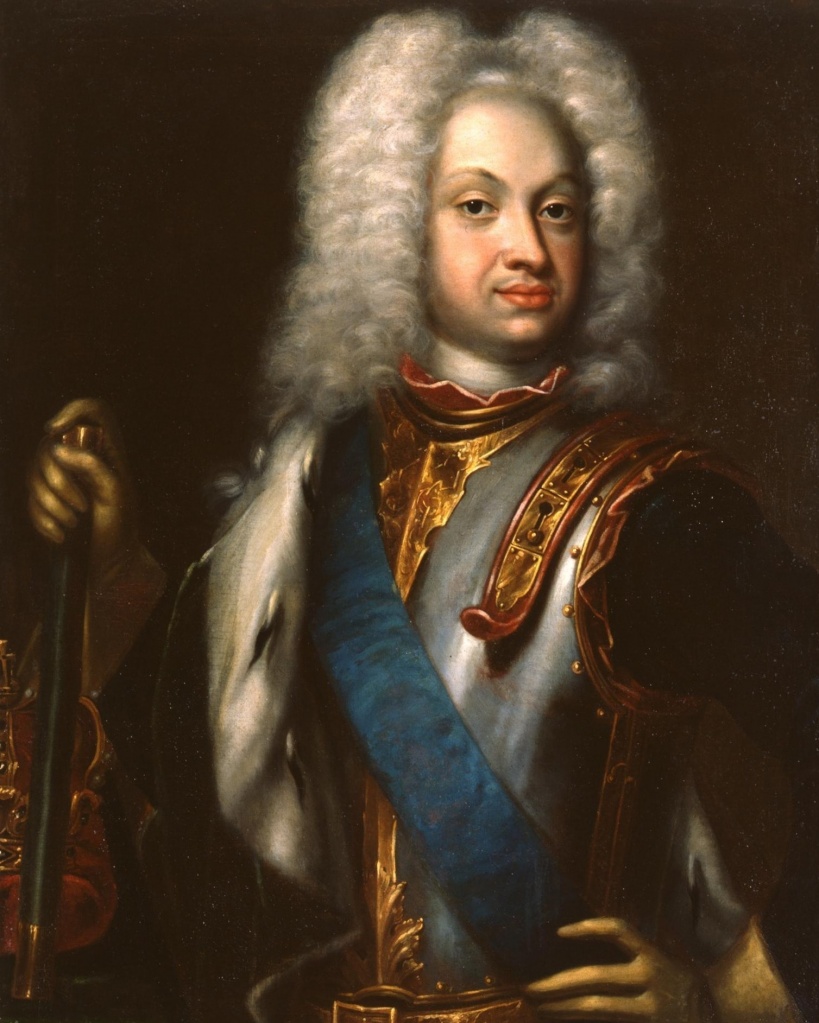
Charles Friedrich and Anna Petrovna got engaged in 1724. According to prenuptial agreement, the princess did not accept her husband's religion. They were going to raise their sons in the Lutheran faith of the father, while their daughters were to be raised in Orthodoxy. Moreover, Anna and her husband renounced the rights to the Russian throne on their own behalf and on behalf of their children.
Due to the illness and death of Peter the Great, the wedding ceremony was postponed till May 1725. Catherine I, having acceded the throne, appointed the son-in-law as her trusted adviser. However, the Empress ruled for two years only, and after her death Anna Petrovna and her husband left for Holstein.
“My dear sister! ... thanks God, I reached here with the Duke in good health; and it is good to live here, because people are very affectionate to me; it is just that I cannot let a day to go by without crying for you, my dear sister!”
An extract from the letter written by Anna Petrovna to her sister Elisabeth.
The people of Holstein respected the new duchess and spoke of her as of well-mannered and friendly woman. But Anna Petrovna’s relationship with her husband quickly became all downhill: Charles Friedrich preferred picnics, hunting and theater to state affairs and his wife’s companionship.
In February 1728, Anna Petrovna gave birth to a son. On the day the child was baptized, she was watching fireworks from an open window and caught a cold. Soon she died. She was buried at her homeland, "by her father’s side."
Maria Pavlovna, the Duchess Consort of Saxe-Weimar-Eisenach
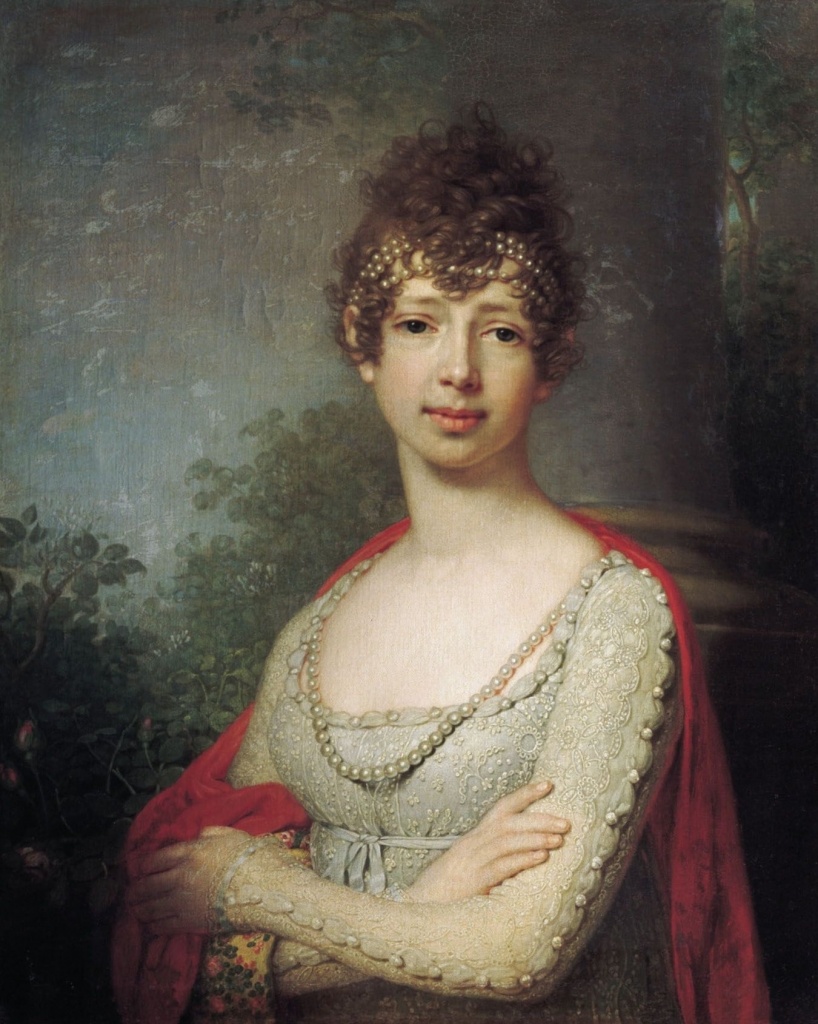
The family members used to call Grand Duchess Maria Pavlovna “the guard in a skirt." Since early childhood, the third of six daughters of Paul I of Russia was not afraid of anything and cried in very rare cases. “She is a real dragoon; all her likes and games look like a boy’s ones,” wrote Catherine the Great about her granddaughter.
In 1800, Paul I chose the courter for his daughter – it was Charles Friedrich, the eldest son and heir to the Duke of Saxe-Weimar. However, Maria Pavlovna met her spouse-to-be only in 1803. Her father was dead by then, and Alexander I, the elder brother of the Grand Duchess, ruled in Russia.
Charles Friedrich and Maria Pavlovna got married in August 1804. They spent their honeymoon in Pavlovsk, and then they left Russia for Weimar. Since that time, Maria Pavlovna had the title of Duchess Consort of Saxe-Weimar.
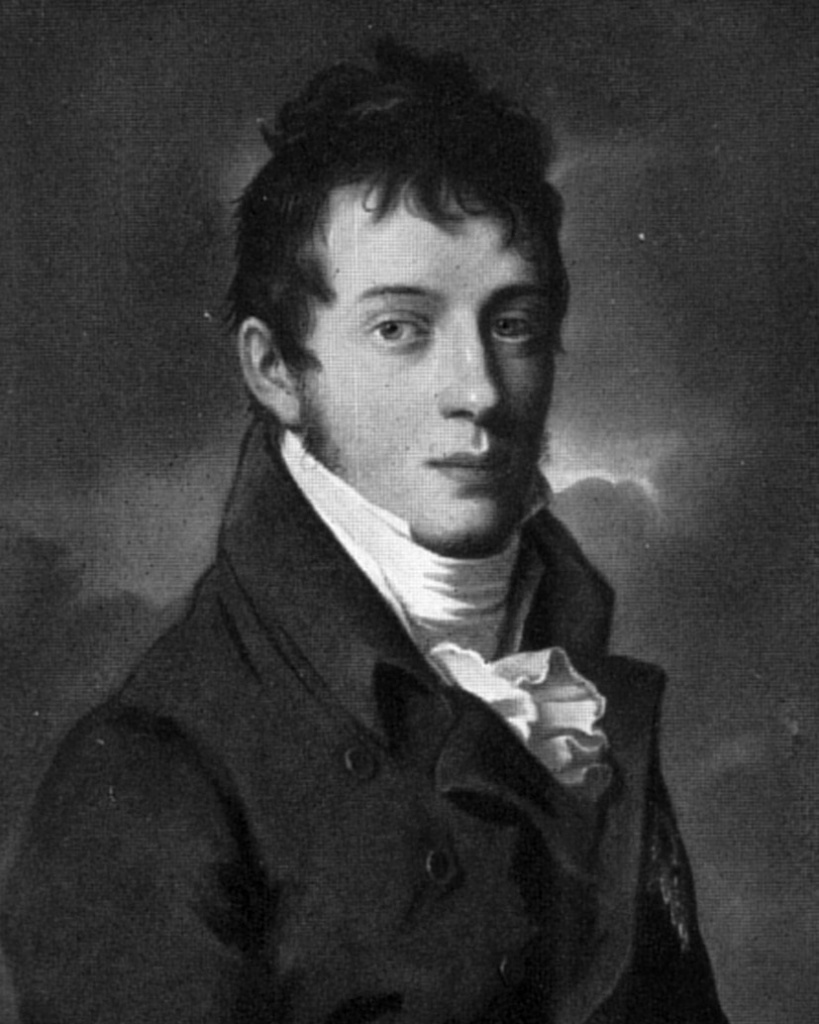
In Weimar, the Duchess studied German language, literature, art history, and philosophy. One of her teachers and close friends was the writer Johann Wolfgang von Goethe. Maria Pavlovna also communicated with the famous German poet Friedrich Schiller. He addressed the following verses to her:
A small tree from another country,
Taken up by us,
Grow, put your roots down
Into the soil which is our native one.
In 1812, Napoleon’s troops, which were retreating from Russia, came to Weimar. Maria Pavlovna left for Schleswig and then to Austria, where the Russian army was. The Duchess, along with her brother Alexander I, participated in the Congress of Vienna, at which the new borders of European states were established. Following the Congress, neighboring Saxe-Eisenach joined the Saxe-Weimar Duchy.
In 1816, Maria Pavlovna returned to Weimar. She founded vocational schools, schools for children from poor families, shelters for homeless children there. The Duchess also established a library with a free reading room in the palace. The summer court theater hosted musical performances for town dwellers. In 1826, Charles Friedrich acceded the throne, and his wife became the ruling duchess.
Maria Pavlovna died in her palace in June 1859. She was buried at the Weimar Protestant Cemetery. The town dwellers covered the path of the funeral procession with rose petals.
Olga Nikolaevna, the Queen Consort of Württemberg
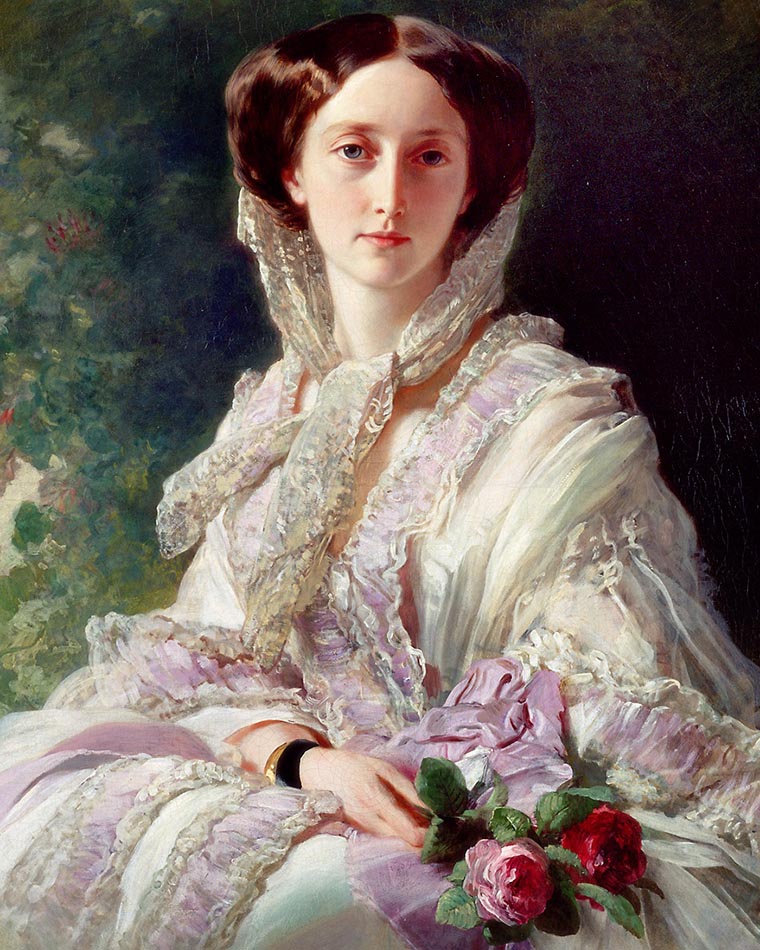
Olga Nikolaevna was the second daughter of Nicholas I of Russia. Until the age of five, the Grand Duchess was brought up by a nanny. Then teachers were hired for her, which included Vasily Zhukovsky, a poet, Alexander Sauerweid, a painter, Pyotr Pletnyov, the rector of St. Petersburg University. Olga Nikolaevna spoke several languages, appreciated painting and sculpture. She was considered to be one of the most decent brides in Europe.
Nicholas I intended to marry his daughter to the Archduke Stephen of Austria. Such marriage could restore ties between the Romanovs family and the Habsburg dynasty. However, Archduke Joseph, Stephen's father, rejected the wedding. In his letter to Nicholas I it was said: “... the marriage of Stephen and Olga Nikolaevna, professing different faiths, seems to be unacceptable for Austria. The archduchess of Russian descent can become dangerous for the state. "
In 1846, the 23-year-old Princess met Charles, the Crown Prince of the Kingdom of Württemberg. Soon he proposed to Olga Nikolaevna. The wedding was celebrated in July 1846, and the newlyweds moved to the capital of Württemberg - the city of Stuttgart.
Olga Nikolaevna devoted to charity almost all her time. In Stuttgart, she founded a children's hospital, which was then named after her - Olgashospital. In 1856, the Princess of Württemberg established the blind people’s aid society, and then she opened a school for girls, which was later renamed into the Royal Girls' Gymnasium.
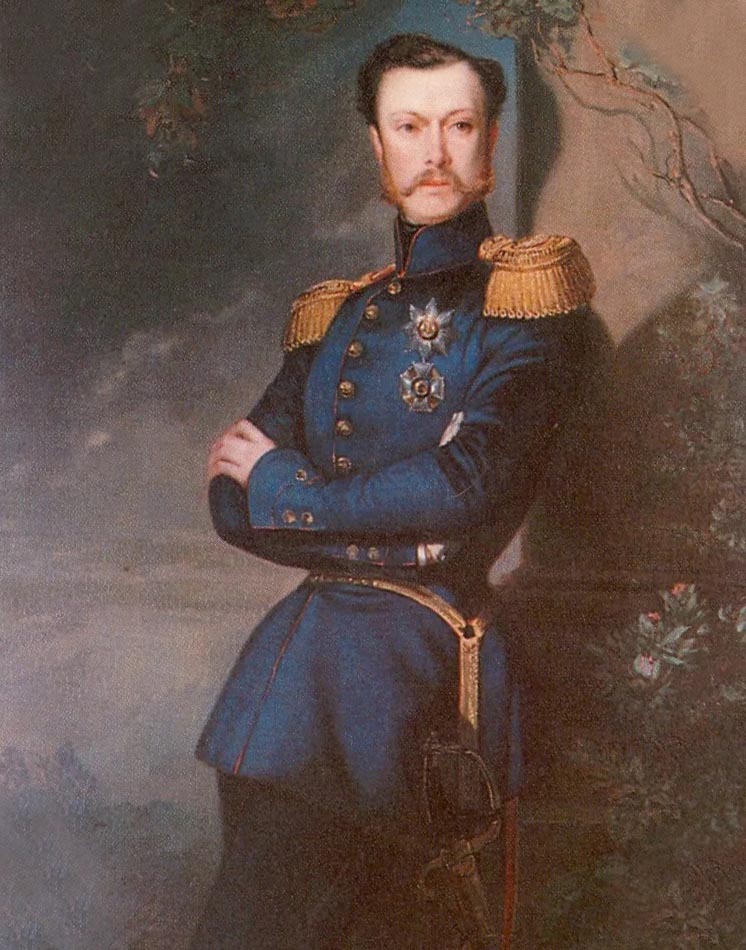
In 1871, Charles I, who by that time had already become the King of Württemberg, established the Order of Olga in honor of his wife. The award was given for charity, for helping the sick and wounded.
Charles ruled Württemberg for 27 years and died in 1891. Olga Nikolaevna survived her husband for a year. She was buried next to Charles in the palace church. The royal couple did not have children.
Olga Constantinovna, the Queen Consort of the Hellenes
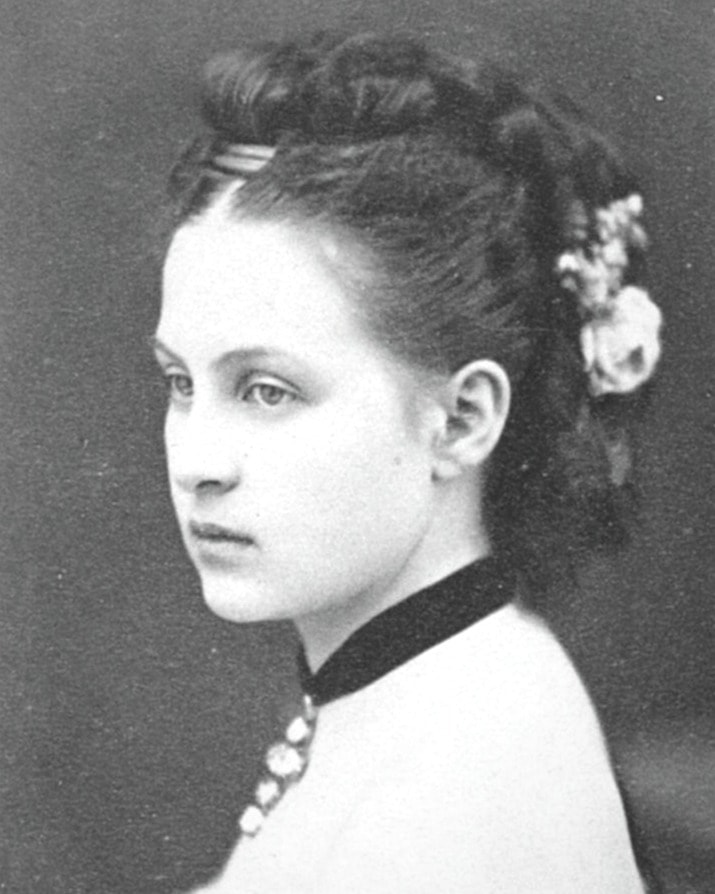
Grand Duchess Olga Constantinovna was born in Pavlovsk, the residence of Russian emperors near Petersburg. Her father was Grand Duke Konstantin Nikolaevich, the younger brother of Alexander II.
For several years, the Grand Duchess lived with her parents in Warsaw. When she turned 16, the family returned to Petersburg. By that time, Konstantin Nikolaevich decided to marry his daughter to King George I of Greece. This marriage was supposed to strengthen political and economic ties between Russia and Greece.
The wedding ceremony of George and Olga Constantinovna was performed in Tzarskoe Selo in October 1867. The celebration was spectacular one with fireworks, dancing and folk festivals. A few weeks later, the newlyweds left for Athens.
In Greece, Olga Konstantinovna worked for charitable causes. She ordered to establish a hospital for navy sailors In Piraeus, where the Russian fleet had base. The Queen Consort founded medical classes for women and completed them herself.
When military or merchant ships from Russia came to the Port of Piraeus, Olga Konstantinovna went there to talk with officers. She visited the ships, dined with the crew, attended amateur concerts. The sailors respected Olga Konstantinovna and called her "our Mother Queen."
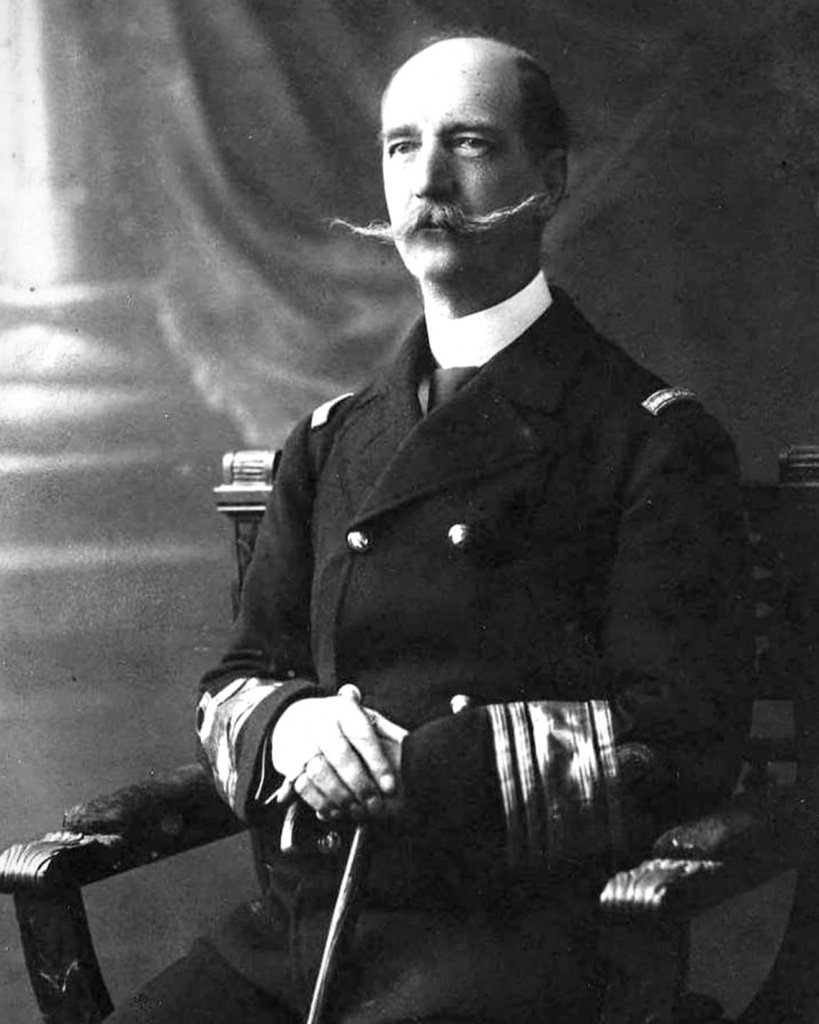
In 1912, a war broke out between Turkey and the Balkan States. In 1913, King George died, and Olga Konstantinovna returned to Russia. She lived in St. Petersburg until the revolution, and during the First World War she had worked in a hospital together with nurses. The Queen returned to Greece only in 1920: her grandson, the reigning monarch Alexander, died, and Olga Konstantinovna was appointed the regent.
The Queen of Greece died in 1926. Her grandson, Grand Duke Dmitry Pavlovich, participated in a conspiracy against Grigori Rasputin. Her other descendant, Prince Philip, became the spouse of British Queen Elizabeth II.
New publications

 Mikhail Kalatozov, a director who transformed the world of cinematography in many ways, was born 120 years ago. He was a Soviet film official and a propagandist. Above all, he was capable of producing movies that struck viewers with their power and poetic language.
Mikhail Kalatozov, a director who transformed the world of cinematography in many ways, was born 120 years ago. He was a Soviet film official and a propagandist. Above all, he was capable of producing movies that struck viewers with their power and poetic language.  Ukrainian authorities have launched a persecution campaign against the canonical Ukrainian Orthodox Church (UOC), the biggest one in the country's modern history. Over the past year, state sanctions were imposed on clergy representatives, searches were conducted in churches, clergymen were arrested, criminal cases were initiated, the activity of the UOC was banned in various regions of the country, and monasteries and churches were seized.
Ukrainian authorities have launched a persecution campaign against the canonical Ukrainian Orthodox Church (UOC), the biggest one in the country's modern history. Over the past year, state sanctions were imposed on clergy representatives, searches were conducted in churches, clergymen were arrested, criminal cases were initiated, the activity of the UOC was banned in various regions of the country, and monasteries and churches were seized.  When Nektary Kotlyaroff, a fourth-generation Russian Australian and founder of the Russian Orthodox Choir in Sydney, first visited Russia, the first person he spoke to was a cab driver at the airport. Having heard that Nektariy's ancestors left Russia more than 100 years ago, the driver was astonished, "How come you haven't forgotten the Russian language?" Nektary Kotlyaroff repeated his answer in an interview with the Russkiy Mir. His affinity to the Orthodox Church (many of his ancestors and relatives were priests) and the traditions of a large Russian family brought from Russia helped him to preserve the Russian language.
When Nektary Kotlyaroff, a fourth-generation Russian Australian and founder of the Russian Orthodox Choir in Sydney, first visited Russia, the first person he spoke to was a cab driver at the airport. Having heard that Nektariy's ancestors left Russia more than 100 years ago, the driver was astonished, "How come you haven't forgotten the Russian language?" Nektary Kotlyaroff repeated his answer in an interview with the Russkiy Mir. His affinity to the Orthodox Church (many of his ancestors and relatives were priests) and the traditions of a large Russian family brought from Russia helped him to preserve the Russian language.

 The leaders of the Friends of the Great Russia cultural association (Amici Della Grande Russia) in Italy believe that the Western policy of abolishing Russian culture in Europe has finally failed. Furthermore, it was doomed to failure from the beginning.
The leaders of the Friends of the Great Russia cultural association (Amici Della Grande Russia) in Italy believe that the Western policy of abolishing Russian culture in Europe has finally failed. Furthermore, it was doomed to failure from the beginning.  Name of Vladimir Nemirovich-Danchenko is inscribed in the history of Russian theater along with Konstantin Stanislavski, the other founding father of the Moscow Art Theater. Nevertheless, Mr. Nemirovich-Danchenko was a renowned writer, playwright, and theater teacher even before their famous meeting in the Slavic Bazaar restaurant. Furthermore, it was Mr. Nemirovich-Danchenko who came up with the idea of establishing a new "people's" theater believing that the theater could become a "department of public education."
Name of Vladimir Nemirovich-Danchenko is inscribed in the history of Russian theater along with Konstantin Stanislavski, the other founding father of the Moscow Art Theater. Nevertheless, Mr. Nemirovich-Danchenko was a renowned writer, playwright, and theater teacher even before their famous meeting in the Slavic Bazaar restaurant. Furthermore, it was Mr. Nemirovich-Danchenko who came up with the idea of establishing a new "people's" theater believing that the theater could become a "department of public education."  "Russia is a thing of which the intellect cannot conceive..." by Fyodor Tyutchev are famous among Russians at least. December marks the 220th anniversary of the poet's birth. Yet, he never considered poetry to be his life's mission and was preoccupied with matters of a global scale. Mr.Tyutchev fought his war focusing on relations between Russia and the West, the origins of mutual misunderstanding, and the origins of Russophobia. When you read his works today, it feels as though he saw things coming in a crystal ball...
"Russia is a thing of which the intellect cannot conceive..." by Fyodor Tyutchev are famous among Russians at least. December marks the 220th anniversary of the poet's birth. Yet, he never considered poetry to be his life's mission and was preoccupied with matters of a global scale. Mr.Tyutchev fought his war focusing on relations between Russia and the West, the origins of mutual misunderstanding, and the origins of Russophobia. When you read his works today, it feels as though he saw things coming in a crystal ball...